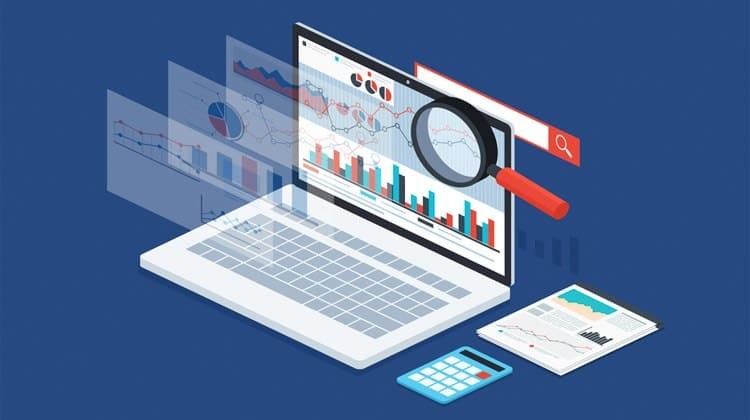by Ana Gotter • April 29, 2018
How Much Do Facebook Ads Cost?
Facebook Ads are an outstanding PPC option. You can run targeted campaigns, show them to specific audiences and have your ads appear in a user’s feed even if they’ve never heard of your brand before. As you can probably imagine, this is a huge opportunity for brands of all shapes and sizes.
All good so far, right? You know there’s a catch.
And here it is: you’ve got to pay to play when it comes to PPC, and Facebook Ads (like any PPC platform) can chew up a chunk of your budget quickly.
As many businesses want to prepare, they look for an easy answer to the question “how much do Facebook Ads cost?” This is a tricky question, because the ad system is constantly in flux, and because there is no set cost.
For one of our clients, we were able to generate leads with lead ads for $1.12 per action. One of my clients in a different industry was thrilled when we got clicks down to $8.00 per click (which is definitely on the very, very high side).
So, how much do Facebook Ads cost?
There’s no one easy, definitive answer, but we’re still going to answer this question the best we can. In this post, we’re going to go over how the ad system works, different factors that affect cost, some industry benchmarks and ranges of ad cost as they are today and how you can work to keep your CPC lower.
How the Facebook Ad System Works
The Facebook Ads system works on an auction. Advertisers “bid” on placements in select audience feeds and—all else being equal—whoever bids the most gets the placement.
This is important, because ad space is limited, even with Facebook creating new placements every chance they get (the newest of which is their marketplace ads).
It’s also important to note that you aren’t just competing against your direct competitors for ad space. If you have a B2B goals-coaching business trying to reach business owner males in their late twenties, you’ll also be competing against the car company showing them expensive cars, the real estate agent trying to sell them a house and the tech company trying to get an Apple Watch on their wrist. You can see your audience size every time you add a new targeting criteria to your ad, but you can’t see who else is targeting them.

There are a few more things to consider:
- You’ll never pay more than a penny more than a competitor’s bid. If you go in swinging with a $3 bid, but the most you need to beat a competitor is $1.12 because they bid $1.11, you pay the $1.12.
- Certain audiences will cost more than others.
- Because of a number of different factors influencing ad cost, it’s normal to see fluctuations in cost from one campaign to the next.
- Your cost will not stay stagnant. Check it regularly, because one day you could see that your CPC was $2.23 and two days later it could be at $3.45. Watch it.
The Factors that Affect Facebook Ad Cost
I’ve mentioned how a number of factors affect Facebook cost. These are the ones that matter most:
- The relevance score of your ads. Relevance score is a metric Facebook shows you that tells how you “relevant” your ad is to your target audience. Engagement and clicks increase the relevance score, while users clicking “this ad isn’t relevant to me” or ignoring it all together can hurt it. Ads with high relevance scores will be favored by the algorithm and can actually cost less for the same placements.
- The placements you’re choosing. Different placements often result in different CPCs. Instagram, for example, pretty consistently costs more than Facebook feed ads, and the audience network typically results in the lowest CPCs.
- The audience you’re targeting. Different audiences cost more than others. It can be hard to track this, because you don’t know which specific members you’re targeting. In some cases, targeting smaller audiences can lead to higher costs because there are fewer low-cost placement options available.
- The competition. What your competitor does, what they’re willing to spend, their relevance rates, and the amount of competition in the ad system at once will all affect your costs. You can typically expect to see costs go up around Christmas or big holidays because more advertisers are flooding the marketplace.
- What you’re optimizing for. A click often costs less than a conversion, or a lead generated, and video views may cost less than clicks. Different actions will affect your CPAs (cost per actions) accordingly.
So How Much Do Facebook Ads Cost?
There’s a lot of data out there that shows how much Facebook Ads cost based on different factors.
Research varies, but here’s the gist.
Influencer Marketing Hub has found that typical Facebook Ads cost-per-media charge was $0.25 per view to reach 1,000 people, making it was the most affordable PPC option.
Another case study from Kelly Main on FitSmallBusiness found that the average CPC was $1.86, but could be as high as $5. From my personal experience, I know that CPCs can go much higher—the highest I saw was the client coming to me at $30 USD a click.
AdEspresso currently has the most expansive data about Facebook Ads cost and how different factors impact them. According to this data, the average CPC is around $.97. Instagram placements cost more on both feed and Stories placements (coming in around $1.15 CPC for feed). This data also shows an increased CPC in the “holiday season”, with CPCs rising an average of $0.15 from October to December.
All this sums up what we’ve discussed so far—a lot of factors affect ad cost, so you’ll never get a straight answer here.
In my personal experience, most brands with on-target, well-written ad campaigns typically stay in the $1.20-$2.00 range for CPC, but this can go higher. If you’re in a tough industry, or one with a longer consideration phase/higher customer investment (say selling cars instead of a $10 bottle of shampoo), the costs will be higher. And, you can definitely count on those CPCs and CPAs creeping up the second Halloween is over and the Black Friday hype officially begins.
How to Lower Costs of Facebook Ads
Everyone wants to ensure that their budget is working for them and that every dollar of ad spend is going as far as it possibly can. While the majority of the ad system is completely out of our control, there are steps you can take to lower the costs of your ads, either immediately or on a long-term basis.
These are the best strategies out there:
- Split test. You need to be split testing your ad campaigns. See how different images, copy, offers, audience targeting, and ad copy work for you. This will help you figure out how to get the best results at the lowest cost and Facebook will even optimize your split tests to show users the higher-performing (and often lower-cost) ads if you enable this feature.
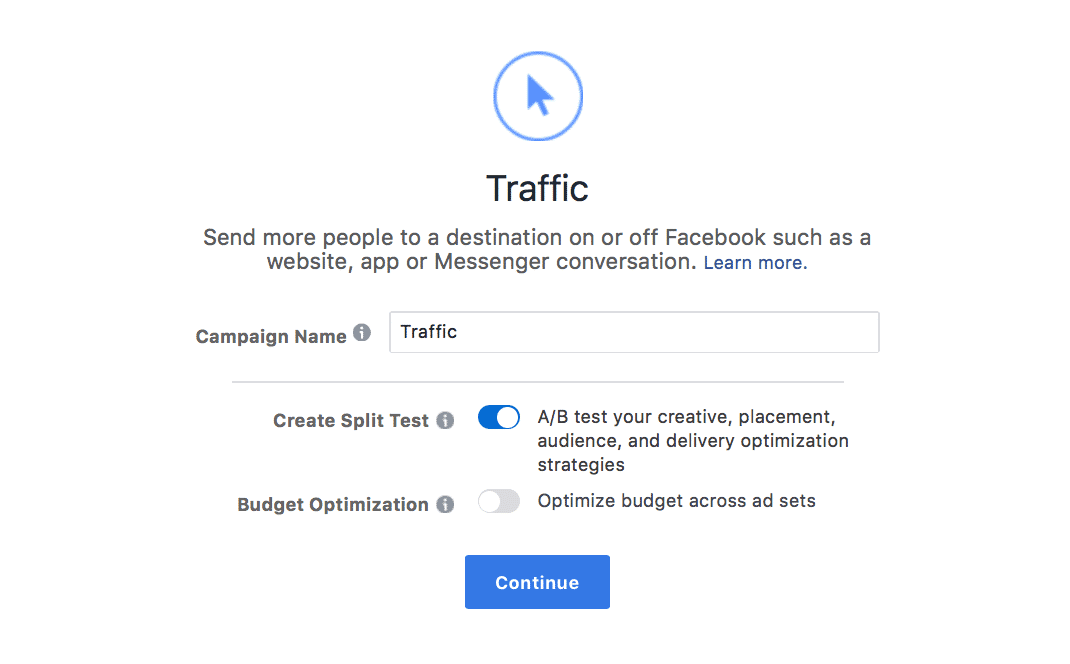
- Focus on the copywriting. I’m a little biased here as a copywriter, but I’ve learned that the copy matters more than an image in image-based ads. The copy, after all, is what explains the offer and convinces people to click. Test different styles and messaging in the copy to see what works. In general, I recommend using concise, emotion-based stories to improve your ad copy.
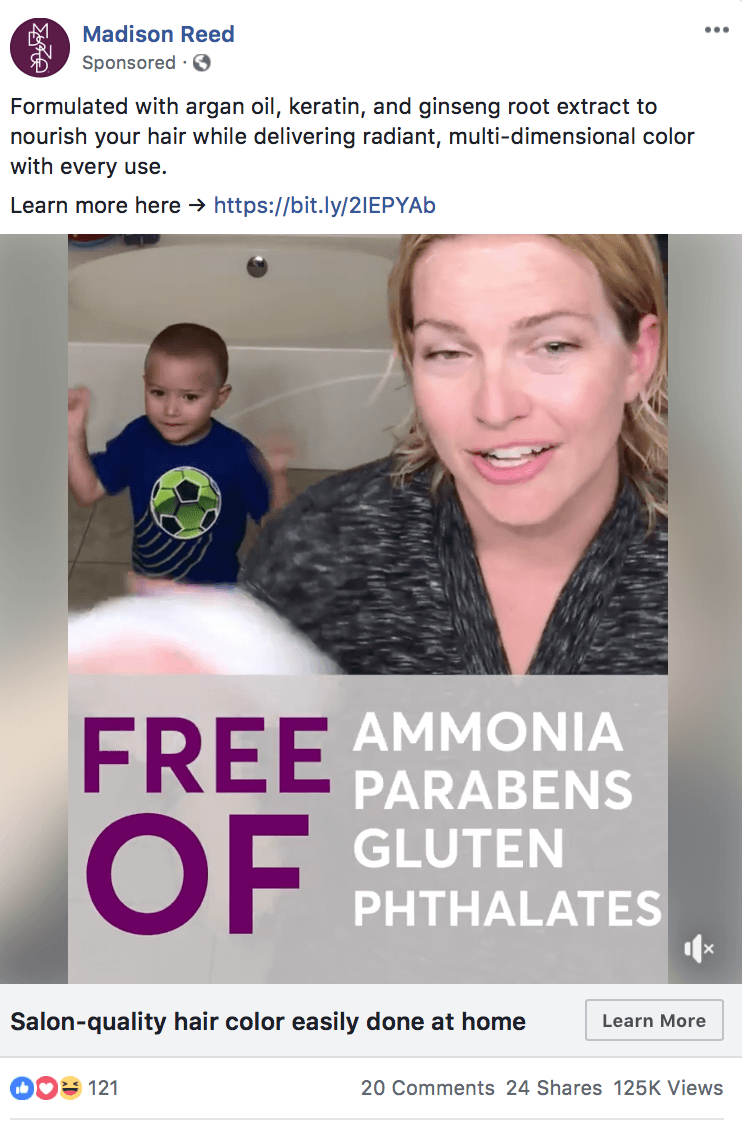
- Set a bid cap. If you’re worried about seeing your budget run away from you, here are your options. When you know that you don’t want to spend a penny over $0.96, you can make sure that doesn’t happen. You can set bid caps in Facebook Ads which ensure that this is the case. Note that this can cause you to lose out on potential placements you may have otherwise gotten if you were bidding on an “average cost” basis. Still, if you weren’t willing to pay for them anyway, that’s okay.
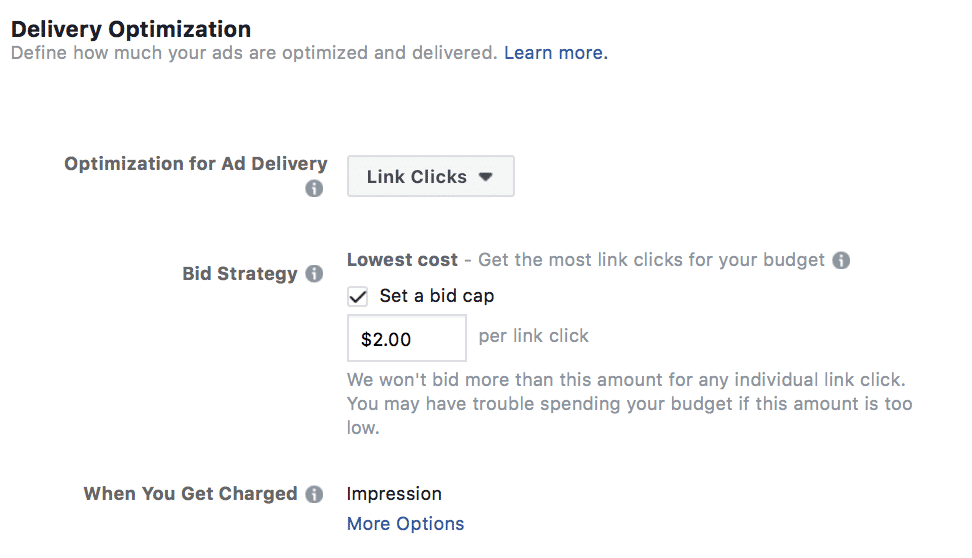
- Run retargeting campaigns. Retargeting can typically yield higher ROI and lower cost ads. These are audience members who are familiar with you and more likely to interact with your ad in a positive way. While you will still want to run ad campaigns to reach new audience members, re-engaging current or past customers to get some sales or accomplish other goals can get you results at a relatively low cost.
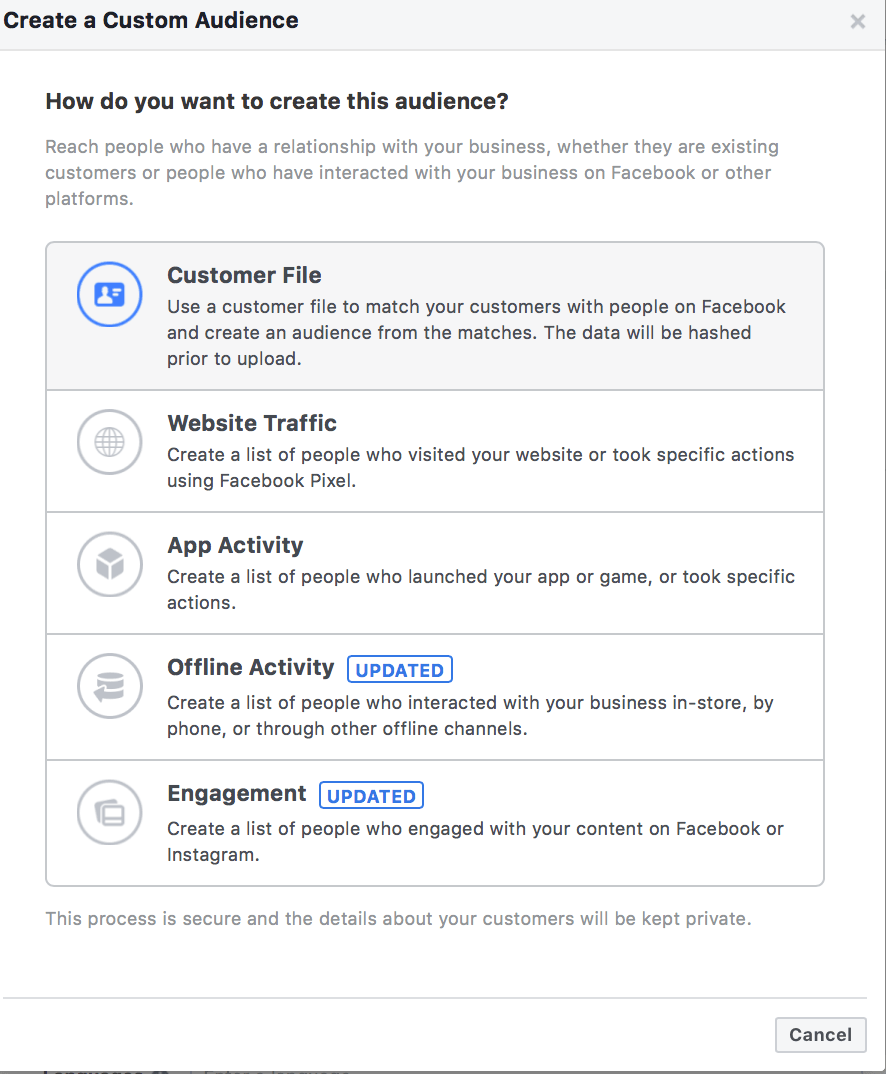
- Keep your relevance score high. Some people mistake the relevance score as being a “vanity metric,” meaning that they think it doesn’t really matter. That couldn’t be further from the truth. It shows you how Facebook anticipates your audience responding to the ad, and it affects your cost. High scored ads will lower your cost, so if for no other reason, prioritize it for that reason.

- Keep your frequency low. You want your relevance score to stay high, and your frequency to stay low. Frequency tells you how often a single user is seeing the exact same ad. For obvious reasons, higher frequency could mean that users are seeing the same ads over and over. The more times they see it, the less likely they are to convert after a certain point. If your frequency creeps past 3, it’s time to shake up the ad or expand your audience base.

Conclusion
Facebook Ads costs are never static, even for a single business or in a set industry. You may end up paying more even than a similar business because your ads, targeting and strategies are different. That’s normal. Benchmarks are only meant to give you can get a basic idea of what to expect. Run some ad campaigns, see what’s normal for you and go from there.
Facebook Ads can be complicated. If you want help running high-converting campaigns at the lowest CPC possible, get in touch with us and see how we can help.
What do you think? How much are you spending on Facebook Ads? Are our costs similar to your experience? How do you keep costs down? Share your thoughts and questions in the comments section.

